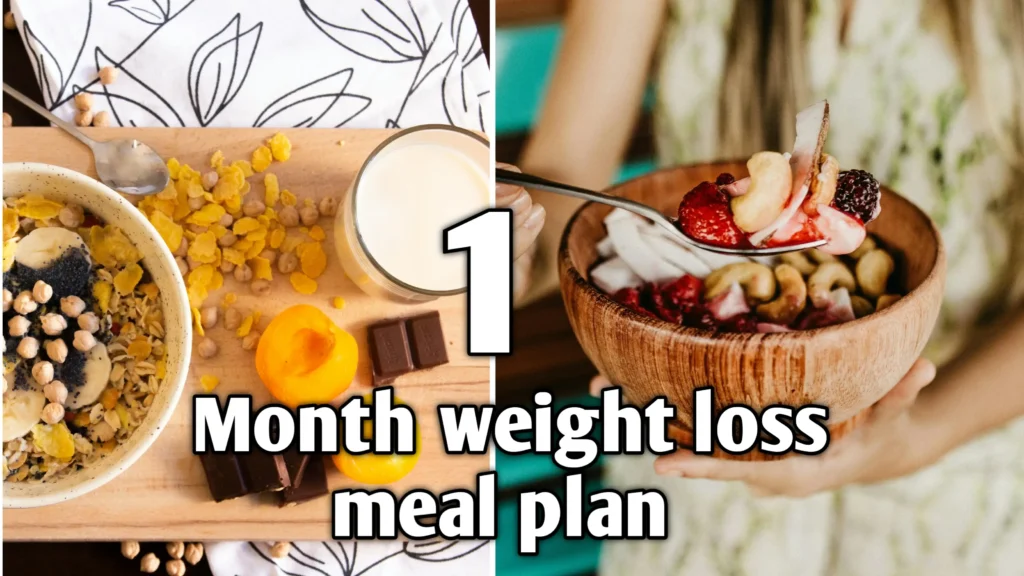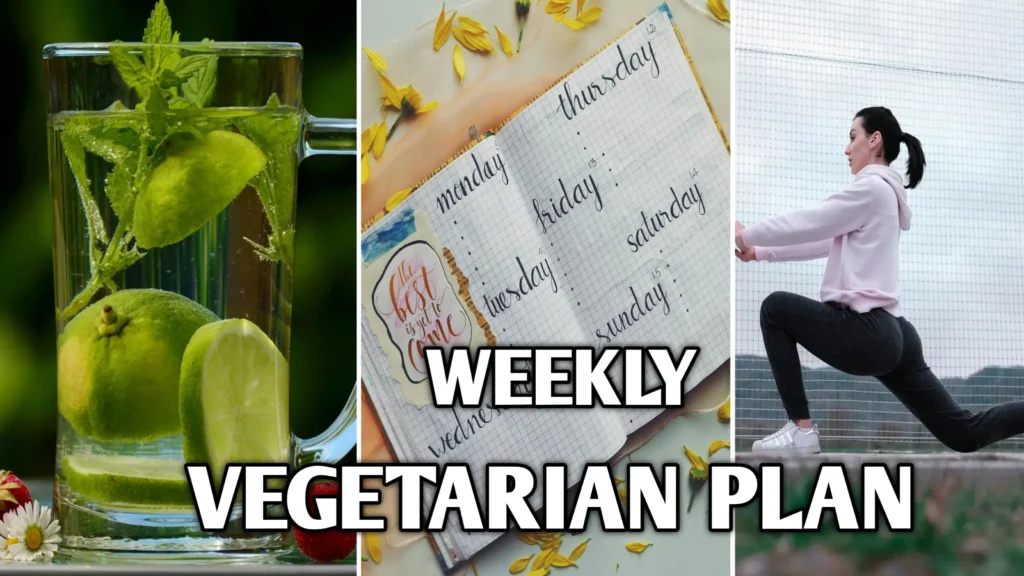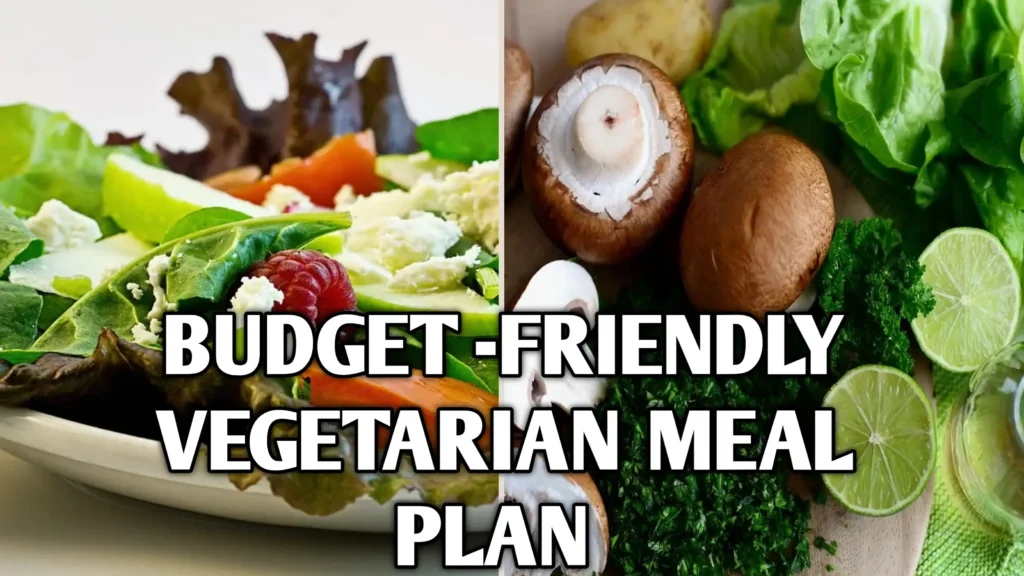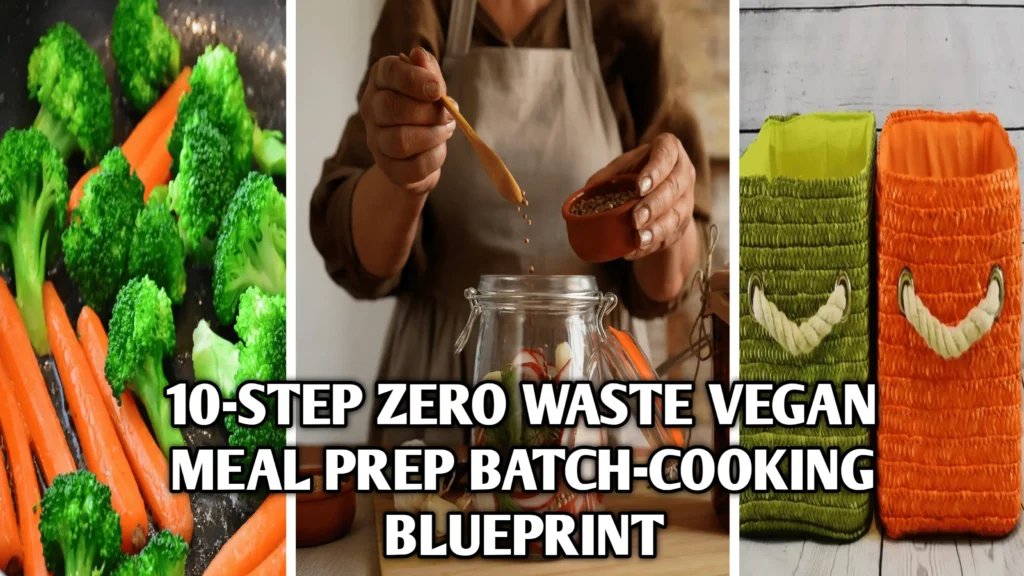
Introduction
Welcome, plant-powered pioneers! If you’ve ever stared into your refrigerator at week’s end with half-used carrots, leafy greens on their last legs, and containers of forgotten sauces—only to wonder if you should toss it all—you’re in the right place. In this guide to zero waste vegan meal prep, we’ll unlock the secrets of transforming overlooked odds and ends into mouthwatering vegan batch cooking recipes that save you time, money, and the planet.
Imagine spending a couple of hours on Sunday creating a week’s worth of nourishing meals that delight your taste buds, reduce your environmental footprint, and celebrate the vibrant bounty of vegetables—all without a scrap going to the landfill. That’s the power of the zero waste cooking recipes method, thoughtfully designed around easy vegan batch recipes and zero waste meal prep strategies. 🤗
This blueprint isn’t about deprivation or strict recipes; it’s about resourcefulness, creativity, and joy. You’ll learn how to properly store produce, plan menus that use every carrot top and broccoli stalk, and batch-cook versatile components that come together into endless vegan meal prep ideas. You’ll explore composting basics, smart shopping lists, and even how to repurpose liquid leftovers (hello, vegetable broth!) into next-level dishes. By the end of this journey, you’ll have a personalized toolkit to seamlessly practice zero waste vegan meal prep week after week, reveling in your plant-based prowess and feeling proud of the difference you’re making.
Let’s dive in—with fresh eyes, hungry stomachs, and hearts open to sustainable culinary adventure!
1.Mastering Zero Waste Vegan Meal Prep with Veggie Batch Cooking
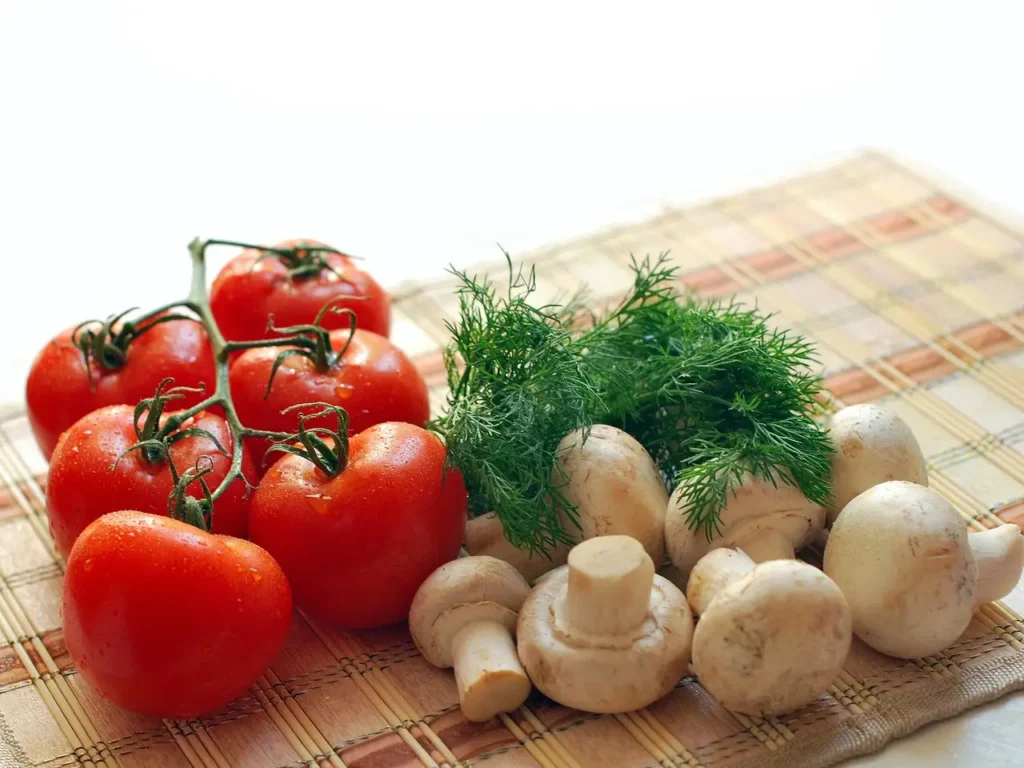
Batch cooking is the cornerstone of efficient meal prep, but when done with a zero-waste mindset, it becomes transformative. By dedicating one day to preparation, you’ll free up precious evenings, avoid last-minute takeout temptations, and ensure every scrap of produce is celebrated. The zero waste vegan meal prep approach leverages vegan batch cooking recipes that emphasize whole vegetables, peels, stems, and leaves, transforming them into sumptuous soups, sauces, bowls, and more.
1.The Principles of Zero Waste in the Kitchen
Before we crack open our jars and sharpen our knives, let’s ground ourselves in five key principles of waste reduction:
- Refuse & Rethink: Question packaging and buy bulk or package-free whenever possible.
- Reduce & Reuse: Choose whole produce over pre-cut options; repurpose odds and ends.
- Rot & Regrow: Extend the life of scraps by sprouting herb stems or regrowing lettuce roots.
- Recycle & Compost: Keep recyclables clean and divert your veggie scraps to compost.
- Repurpose & Reinvent: Turn kitchen by-products into flavor boosters—think carrot-top pesto or zucchini peel ribbons.
Adopting these pillars will ensure your zero waste meal prep evolves beyond a weekend ritual into a lifelong practice of mindful consumption and joyful cooking. 😊
2.Essential Tools for Zero Waste Veggie Batch Cooking
Equip your zero-waste kitchen with key gear that supports sustainability and efficiency:
- Glass Storage Jars & Reusable Containers: For grains, legumes, sauces, and prepped veggies.
- Beeswax Wraps & Silicone Bags: Replace plastic wrap and zip-top bags.
- Sharp Chef’s Knife & Mandoline: Minimize waste through precise, uniform cuts.
- High-Quality Blender or Food Processor: Create smooth soups, sauces, and pestos from stems and skins.
- Compost Bin or Tumbler: Keep organic waste out of the trash and nourish your garden.
Having these tools on hand sets the stage for seamless easy vegan batch recipes that honor every part of your vegetables.
2.Planning Your Zero Waste Vegan Meal Prep Menu
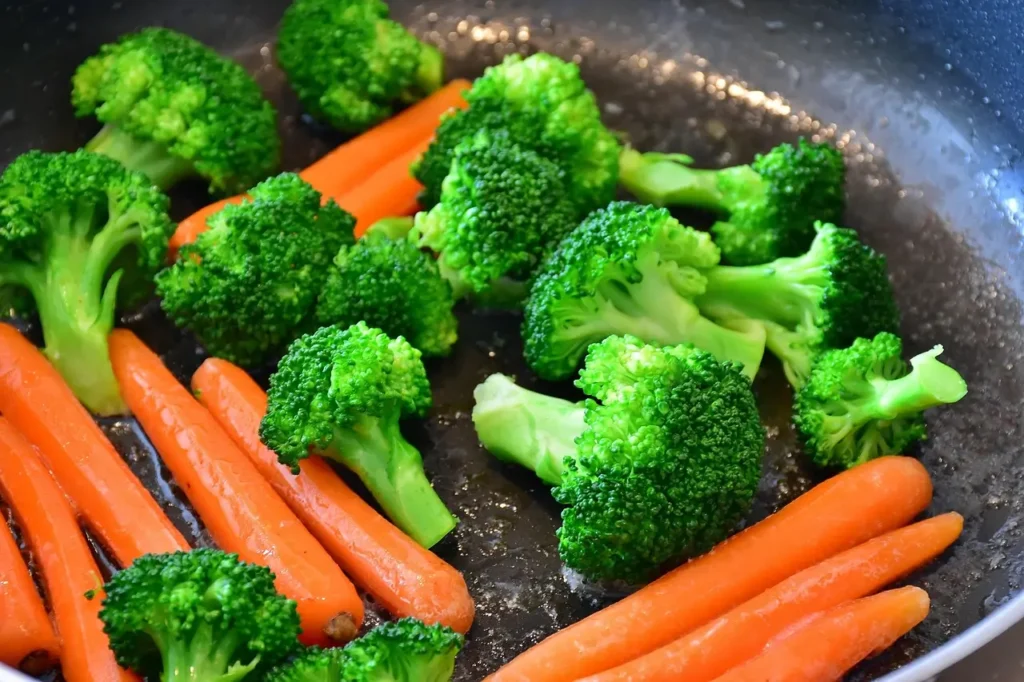
A thoughtful plan is the backbone of successful batch cooking. By mapping out your week’s meals, you ensure balanced nutrition, variety, and full utilization of each ingredient.
1.Designing a Balanced Weekly Menu
When sketching your weekly menu, aim to:
- Rotate Colors & Textures: Include leafy greens, root vegetables, squashes, beans, and grains.
- Layer Flavors: Plan dishes that share foundational components (like a bulk batch of tomato sauce or roasted root veggies).
- Incorporate Leftover-Ready Recipes: Stews and curries often taste even better on day two!
- Schedule “Wildcard” Nights: Leave one evening open for creative uses of leftovers or pantry staples.
By anchoring your menu around versatile building blocks—such as roasted vegetables, grain bowls, and hearty legumes—you’ll weave vegan batch cooking recipes into your routine without monotony.
2.Shopping Lists with Zero Waste in Mind
A targeted shopping list is vital. Start with:
- Whole Produce: Carrots with tops, kale bunches, broccoli crowns—ideally unpackaged.
- Bulk Staples: Lentils, chickpeas, brown rice, oats—bring your own jars where possible.
- Flavor Foundations: Olive oil, vinegar, tamari, herbs, spices.
- Shelf-Stable Essentials: Canned tomatoes, nut butters, dried mushrooms.
Group items by section in your store to minimize wandering and impulse buys. And always bring your own bags, jars, and produce sacks to refuse single-use plastics. This upfront effort will streamline your vegan meal prep ideas and uphold zero-waste integrity.
3.Zero Waste Vegan Batch Cooking Recipes to Try
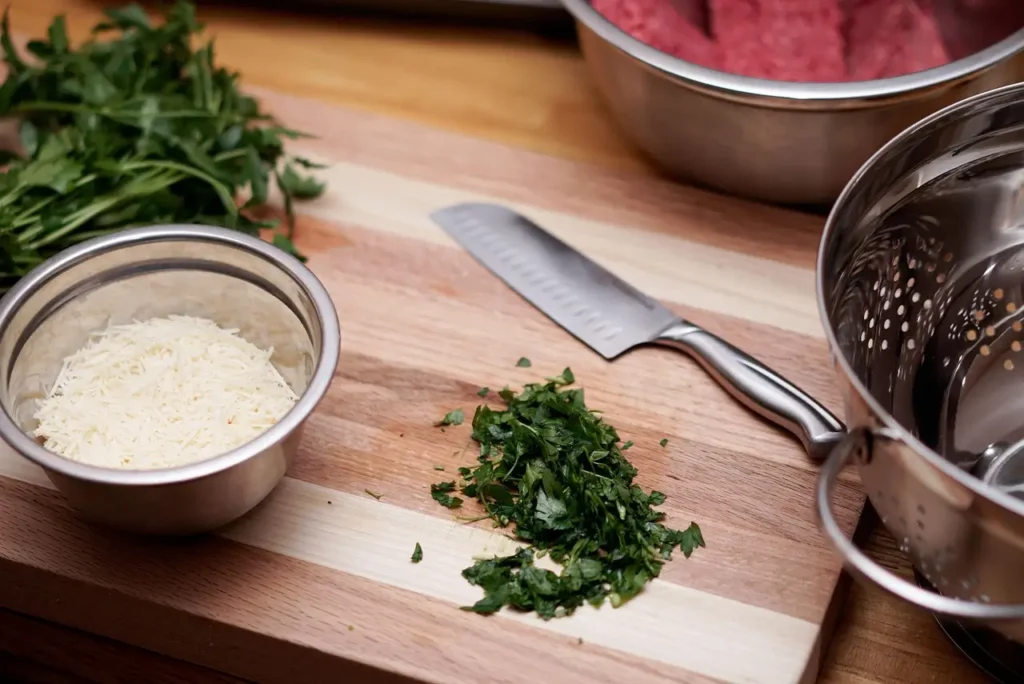
Below, you’ll find a selection of easy vegan batch recipes that showcase how to use whole vegetables—including commonly discarded parts—for maximum flavor and nutrition.
1.Carrot-Top Pesto and Roasted Root Medley
Begin your Sunday prep with a vibrant carrot-top pesto and a tray of roasted root veggies. Wash carrot greens thoroughly, pulse in a blender with garlic, nuts (optional), olive oil, lemon juice, and a pinch of salt to create a verdant sauce. Roast chopped carrots, parsnips, and beets tossed with oil, salt, and pepper until caramelized. Store separately in glass containers. The pesto doubles as a pasta sauce, a spread for sandwiches, or a dollop on grain bowls, while the roasted roots serve as hearty sides or salad toppings.
Recipe Yield:
- Carrot-Top Pesto: ~2 cups
- Roasted Roots: 6–8 servings
Quick Tips
- Wash greens in cool water with a splash of vinegar to remove grit.
- Roast veggies on a parchment-lined tray for easy cleanup.
2.Broccoli-Stem and Zucchini-Peel Soup
Too often, broccoli stems and zucchini peels vanish into the compost. Not here! Dice stems and peel zucchini ribbons, then sauté with onion and garlic. Add vegetable broth—ideally homemade from leftover peels and ends—season with herbs, simmer, and blend until smooth. This creamy soup can be portioned for lunches or prepped alongside a big batch of whole-grain bread.
3.Mason Jar Quinoa Salad with Beet Greens Vinaigrette
Layer quinoa, chickpeas, shredded kale, diced bell peppers, and any roasted root medley into mason jars for grab-and-go lunches. Whisk together sautéed beet greens, vinegar, mustard, and oil for a vibrantly hued dressing that uses those slender greens. Jars stay fresh up to five days and let you mix textures and flavors effortlessly.
4.Hearty Bean and Vegetable Stew
Combine a medley of leftover roasted vegetables, drained canned beans (rinsed to reduce sodium), diced tomatoes, and vegetable broth. Season with smoked paprika, cumin, and oregano. Simmer until thick and hearty. Portion into reheatable containers for instant dinners, and don’t forget: the longer it rests, the richer it tastes!
4.Seasonal Strategies for Zero Waste Vegan Meal Prep

Anticipating the ebb and flow of seasonal produce elevates your zero waste vegan meal prep from routine to inspired. Each quarter of the year brings its own palette of colors, textures, and flavors—allowing you to craft vegan batch cooking recipes that feel fresh, local, and aligned with nature’s rhythm.
In spring, tender asparagus tips and pea shoots can star in chilled soups or bright salads whose dregs enrich your homemade broths. Summer’s bounty—heirloom tomatoes, zucchini blossoms, and fresh corn—invites you to roast or grill vegetables in large batches, preserving their sweetness via quick‐pickles or sun‐dried tomato purées. When autumn arrives, you’ll delight in roasting squashes of every hue; take care to reserve and toast their seeds for crunchy, shelf‑stable snacks.
Winter root vegetables and brassicas, robust and forgiving, lend themselves to long, slow braises and stews that taste even more comforting on day three or four. By rotating your menus each season, you avoid ingredient fatigue and maximize the odds that every vegetable component finds its perfect purpose—all while adhering to your zero waste cooking recipes ethos. 😊
1.Spring into Action: Light & Lively Zero Waste Meal Prep Ideas
Imagine a weekend spread where pea tendrils become the base of spring rolls, carrot ribbons swirl through a zesty slaw, and the tiniest turnip greens are finely chopped into a vinaigrette that dresses leftover quinoa. The scraps—pea pod membranes, beet stems—are quickly boiled down into a spring‐green “bouillon,” frozen in ice cube trays for later. This playful approach ensures you never discard even the most delicate bits, making your vegan meal prep ideas feel as light on waste as they are on the palate.
2.Summer’s Sun‑Kissed Batch Cooking for Zero Waste
When tomatoes are at their peak, roast trays upon trays until juices caramelize. Scrape the pan, blend tomatoes and skins into a smokey sauce, and freeze in flat pouches. Grill thick slices of eggplant and zucchini, layering them with miso and herbs for quick sandwiches; the peeling and seeds go into your peel broth. Summer batch prep is all about intensity—harvest the height of flavor now so you can summon sunshine in midwinter.
3.Autumn Abundance: Hearty Zero Waste Vegan Batch Recipes
As days shorten and temperatures drop, let your kitchen fill with the scent of cinnamon, cumin, and smoked paprika. Roast a medley of root vegetables—beets, parsnips, sweet potatoes—until they sing with caramel notes. Purée a portion into a bisque, using the water from boiled peelings to enrich the soup base. Chop the roasted remainder for grain bowls, tacos, or breakfast scrambles (using chickpea “eggs”). This is the season to celebrate density: every cube of squash, every grated rutabaga, plays its role.
4.Winter Warmers & Zero Waste Cooking Recipes
In the depths of winter, batch‑cook a big pot of lentil–kale stew, using the kale ribs for homemade broth and the stems for quick pickles. Preserve leftovers in tightly sealed jars; the stew’s acidity acts as a mild preservative. Bake root‐vegetable chips from thinly sliced parsnips or turnips—no oil needed if you mist the tray lightly—and compost any paper‐thin offcuts. Even when fresh produce is scarcer, these techniques keep your easy vegan batch recipes both comforting and conscientious.
5.Budget‑Friendly Zero Waste Vegan Meal Prep on a Shoestring
Cultivating a zero-waste kitchen needn’t break the bank. In fact, once you master the art of repurposing—and avoid the temptation of single‐use packaging—you’ll find that zero waste meal prep often costs less per serving than takeout or prepackaged convenience foods. The key is strategic bulk buying, flexible ingredient swaps, and a willingness to embrace “imperfect” produce.
1.Smart Bulk Buys & Ingredient Swaps
Purchase dried beans, lentils, and whole grains in bulk, refilling your own jars to slash packaging costs. When chickpeas go on sale, double the purchase: cook half for hummus and salads, roast the other half with spices for crunchy snack bites. Swap pricier cashews in a creamy sauce for blended tofu, or blend blanched almonds with chickpea cooking liquid (“aquafaba”) to create a silky vegan cream—every substitution recycles what you already have.
2.Embracing “Ugly” Produce for Zero Waste Savings
Supermarkets often discount misshapen carrots, bruised eggplants, or sodden greens that are nonetheless perfectly edible. Snap these up for a steal; batch roast them into dips, soups, and purees where appearance doesn’t matter. Your wallet and the planet will thank you, since diverting these items from landfill prevents methane emissions and food‐waste fees baked into supply chains.
3.Menu Planning to Minimize Cost per Meal
By repeating foundational elements—brown rice, lentils, roasted root vegetables—across multiple meals, you amortize the prep time and ingredient cost. Think “theme nights”: Tuesday’s curried lentil stew can morph into Wednesday’s shepherd‑style pie with a mashed potato topping; Thursday’s leftover stew thickens into patties for homemade burgers. This “chain cooking” approach ensures no ingredient goes underutilized, shaving pennies off every plate while delivering culinary variety.
♻️ Master Zero Waste Batch Cooking
Learn simple, effective techniques to cook in bulk while reducing food waste. Save time, money, and the planet with zero waste batch cooking methods perfect for sustainable kitchens.
🌱 Read the Full Guide6.Advanced Preservation & Fermentation Techniques

Moving beyond freezing and basic canning, fermentation and water‐bath canning unlock extended shelf life and complex flavors, all within a zero‐waste framework.
1.Fermenting Vegetable Scraps into Tangy Probiotics
Scraps like cabbage cores, carrot peels, or radish greens can thrive in a simple lacto‐fermentation vessel. Tightly pack clean scraps with a salt brine, weigh down under the liquid, and let them sit at room temperature for one to three weeks. The result? A tangy, gut‐friendly relish that jazzes up bowls, sandwiches, and dressings—and keeps for months in the fridge. You’ll never look at peelings the same way again.
2.Quick Pickles from Seasonal Stems and Leaves
Beet stems, broccoli stalks, or even asparagus bottoms become crisp, bright pickles when immersed in a hot vinegar solution with aromatics. After cooling, transfer to sealed jars: these pickles last six to eight weeks and add instant crunch to slaws, tacos, or lunchbox bento.
3.Water‑Bath Canning for Zero Waste Storage
When tomatoes are at peak ripeness, can enough sauce, salsa, or chutney to bridge the winter gap. Use your peel broth to thin sauces, ensuring acidity is balanced before you process. Properly canned goods can remain pantry‑stable for a year or more—transforming your weekend batch sessions into autumn and winter luxuries without spoilage.
7.Nutrition Deep Dive: Powering Your Zero Waste Vegan Meal Prep
Batch‑cooked plant meals can be as nutritionally robust as they are sustainable—provided you pay attention to protein sources, essential fats, and micronutrients often overlooked in rushed meal prep.
1.Balancing Macros in Vegan Batch Cooking Recipes
In each meal, aim for a trio of macronutrients: complex carbohydrates (quinoa, brown rice, sweet potatoes), plant proteins (lentils, chickpeas, tofu, tempeh), and healthy fats (olive oil, nut butters, avocado). For instance, a mason-jar bowl layering barley, roasted chickpeas, sautéed greens, and a drizzle of tahini delivers satisfying satiety and a slow glycemic release—ideal for busy days.
2.Ensuring Adequate Micronutrients and B12
Leafy greens and crucifers supply calcium and iron, while seeds and nuts offer zinc and magnesium. To bolster vitamin B12, incorporate fortified nutritional yeast in sauces and pestos, or sip a daily fortified plant milk. Sprinkle black sesame seeds or hemp hearts atop bowls to round out calcium intake, and leverage vitamin C–rich lemon juice in dressings to enhance iron absorption from legumes.
3.Fiber, Ferments, and Gut Health
A commitment to zero waste vegan meal prep naturally maximizes dietary fiber: whole grains, beans, vegetables, and fermentative by‑products keep digestion humming. Every spoonful of homemade sauerkraut or beet‐top kimchi delivers live cultures and prebiotic fibers—transforming leftover trimmings into dynamic gut health allies.
8.Sample 7‑Day Zero Waste Vegan Batch Cooking Menu
Below is an illustrative seven‑day plan, showing how to stretch a single Sunday session into diverse, delicious meals all week long—zero waste guaranteed.
| Day | Breakfast | Lunch | Dinner | Snack |
|---|---|---|---|---|
| Monday | Overnight oats with blended beet stems | Mason jar quinoa salad + carrot‑top pesto | Lentil–kale stew | Roasted chickpea crunch |
| Tuesday | Smoothie (frozen fruit + leafy scraps) | Leftover lentil stew shepherd’s pie | Broccoli‑stem zucchini‐peel soup | Fermented veggie sticks |
| Wednesday | Tofu scramble with diced root veggies | Grain bowl (barley, roasted squash, tahini) | Stir‑fry using broccoli florets | Toasted squash seeds |
| Thursday | Chia pudding with aquafaba whipped cream | Veggie “taco bowl” with pickled stems | Carrot‑ginger soup | Date‑nut energy balls |
| Friday | Savory oats (oats, miso, chopped greens) | Pasta with carrot‑top pesto + extra greens | Stuffed sweet potatoes (beans + salsa) | Quick pickles + hummus |
| Saturday | Pancakes (oats, banana, aquafaba) | Soup + sandwich with leftover pickles | Roasted root medley + leafy green salad | Kale‐chip dusted with nutritional yeast |
| Sunday | Rest day café style (use up fridge bits) | Batch‑cook planning session | Freeform “clean‑out” stir‑fry | Herbal tea + biscotti from compostable scraps |
Each meal recycles elements from previous dishes—broth from peelings, pesto from tops, pickles from stems—exemplifying the seamless flow of zero waste cooking recipes.
9.Storage, Reuse, and Composting Best Practices
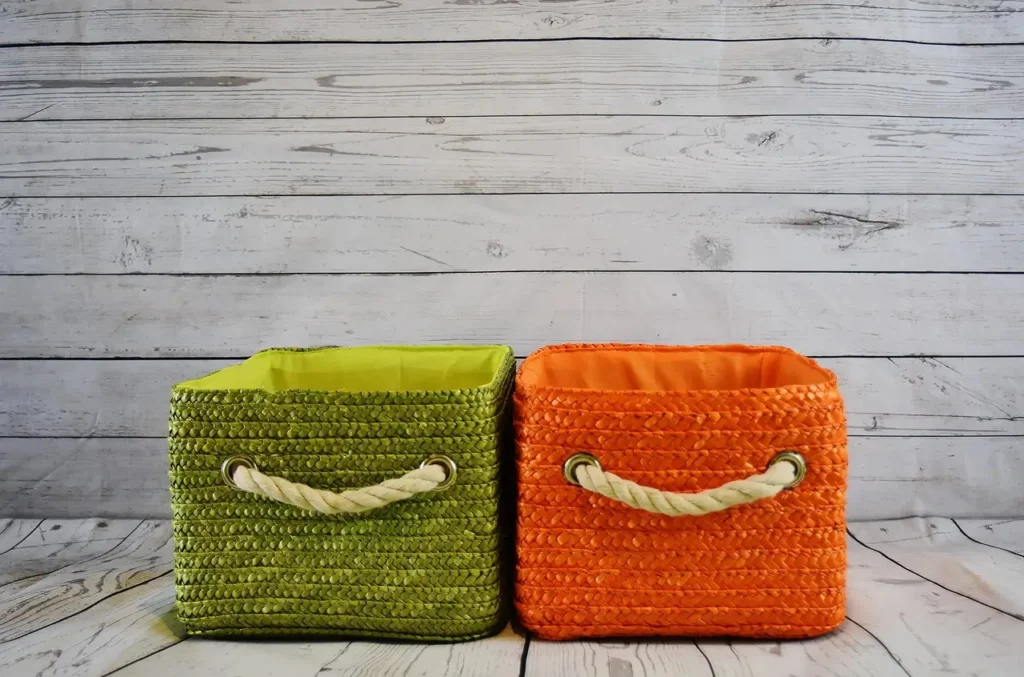
1.Optimal Storage to Extend Freshness
Proper storage reduces spoilage. Store leafy greens in sealed containers with a paper towel to absorb moisture. Place herbs upright in a small jar of water, covered with a loose bag. Cubed vegetables can be frozen on trays before transferring to reusable bags. With these methods, you minimize waste and maintain the integrity of your zero waste vegan meal prep.
2.Reusing and Reinventing Leftovers
Leftovers are treasures. Transform yesterday’s stew into today’s shepherd’s pie by topping with mashed potatoes. Blend wilted greens into smoothies. Turn stale bread into croutons or bread pudding. Creativity ensures you never toss an edible morsel. 😊
3.Composting 101
Even with meticulous planning, scraps remain. Composting is the last step in the zero-waste cycle:
- Green Materials: Vegetable peels, coffee grounds, tea leaves.
- Brown Materials: Dry leaves, shredded paper, cardboard.
- Balance & Aeration: Aim for a 30:1 carbon-to-nitrogen ratio and turn your pile weekly.
A well-maintained compost bin reduces methane emissions and yields rich soil for your garden or community plot.
🍱 5 Easy Vegetarian Meal Prep Recipes to Simplify Your Week
Start your week strong with these delicious, time-saving vegetarian meals. Perfect for Sunday prep — healthy, budget-friendly, and packed with plant-based goodness!
🍽️ Get the Full Meal Prep Guide👉 Also check our Vegetarian Cooking Guides for more helpful tips and recipes.
10.Quick Tips for Zero Waste Vegan Meal Prep
Quick Tips:
- Plan with Purpose: Sketch meals that cross-utilize ingredients.
- Label & Date: Use chalk markers on glass jars to keep track.
- Freeze in Portions: Avoid waste by freezing in single-serving sizes.
- Liquid Gold: Always save veggie peel broth for soups and grains.
Key Takeaways
Key Takeaways:
- Batch cook with intention: Dedicate one prep day to multi-use components.
- Honor every part: Stems, peels, and leaves can be stars in sauces and soups.
- Store and save: Proper storage extends freshness and reduces spoilage.
- Close the loop: Compost scraps to nourish your future meals.
FAQs
2. Is fermenting scraps safe and easy for beginners?
Absolutely. Start with sturdy scraps (cabbage cores, carrot ends), a simple 2%–3% salt brine, and a clean glass jar with a weight to keep materials submerged. Monitor daily until you achieve the desired tang—then refrigerate. Over time, you’ll refine brine ratios and timing to suit your palate.
3. What if I don’t have a garden for composting?
Look for municipal or community compost drop‑off sites, neighborhood compost cooperatives, or even worm‑bin rentals. Many cities now offer curbside organic waste collection that turns kitchen scraps into local soil amendments.
4. Can I batch‑cook for one person and still avoid monotony?
Definitely. Prepare smaller portions of multiple bases (e.g., one cup cooked quinoa, one serving of roasted mushrooms, a half‑jar of pesto), then mix and match them each day. Use reusable silicone trays to freeze single‑serving blocks of sauces, soups, and veggie mixes that you can pop out as needed.
5. How do I track my zero‑waste progress and stay motivated?
Create a simple journal or spreadsheet logging what you compost, repurpose, or reduce each week. Celebrate small wins—like eliminating plastic cling wrap or saving ten carrot tops from the bin—and share milestones on social media or with a zero‑waste buddy group for accountability.
6. Where can I find more inspiration for zero waste vegan meal prep?
Dive into online communities like r/ZeroWasteVegan on Reddit, follow blogs such as Zero Waste Chef, and explore cookbooks like Cooked Roots by Danielle Centoni, which specialize in using every part of the plant. Engaging with these resources will keep your creativity flourishing.
Conclusion
Congratulations—you now hold a robust blueprint for zero waste vegan meal prep, brimming with vegan batch cooking recipes, smart storage hacks, and composting know-how. It’s time to turn theory into practice: block off your next Sunday afternoon, gather your tools, and dive into a world where abundance and sustainability go hand in hand. Share your creations on social media with the hashtag #ZeroWasteVeganMealPrep, inspire your community, and commit to one new habit this week—whether it’s composting, bulk shopping, or experimenting with stem-based sauces. Together, we can cultivate a kitchen culture of respect, resourcefulness, and joy. Happy cooking! 🌱

